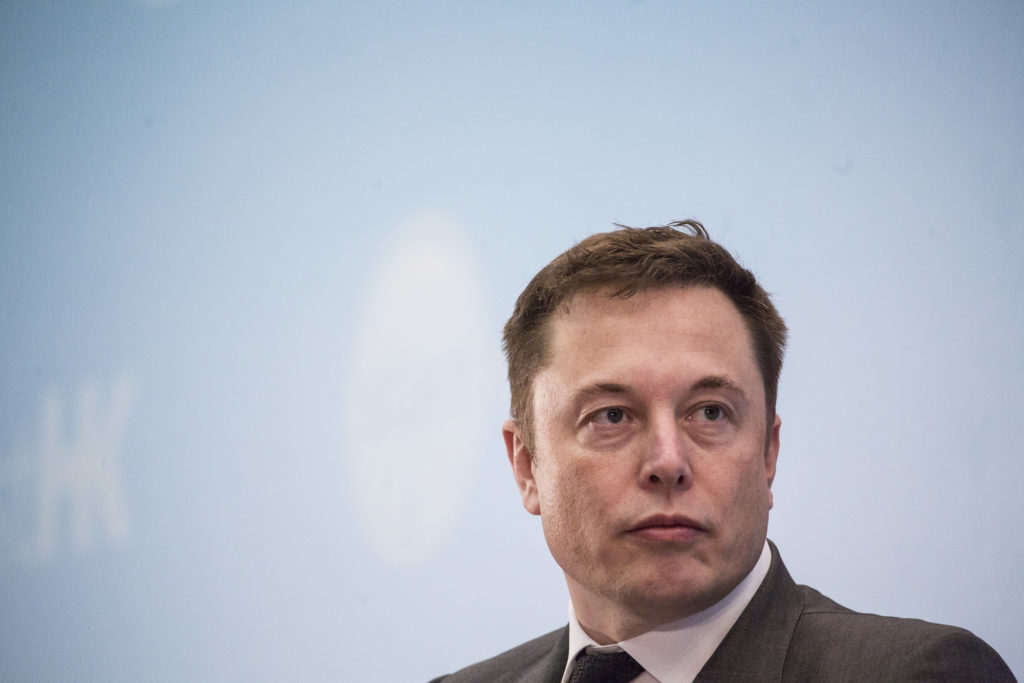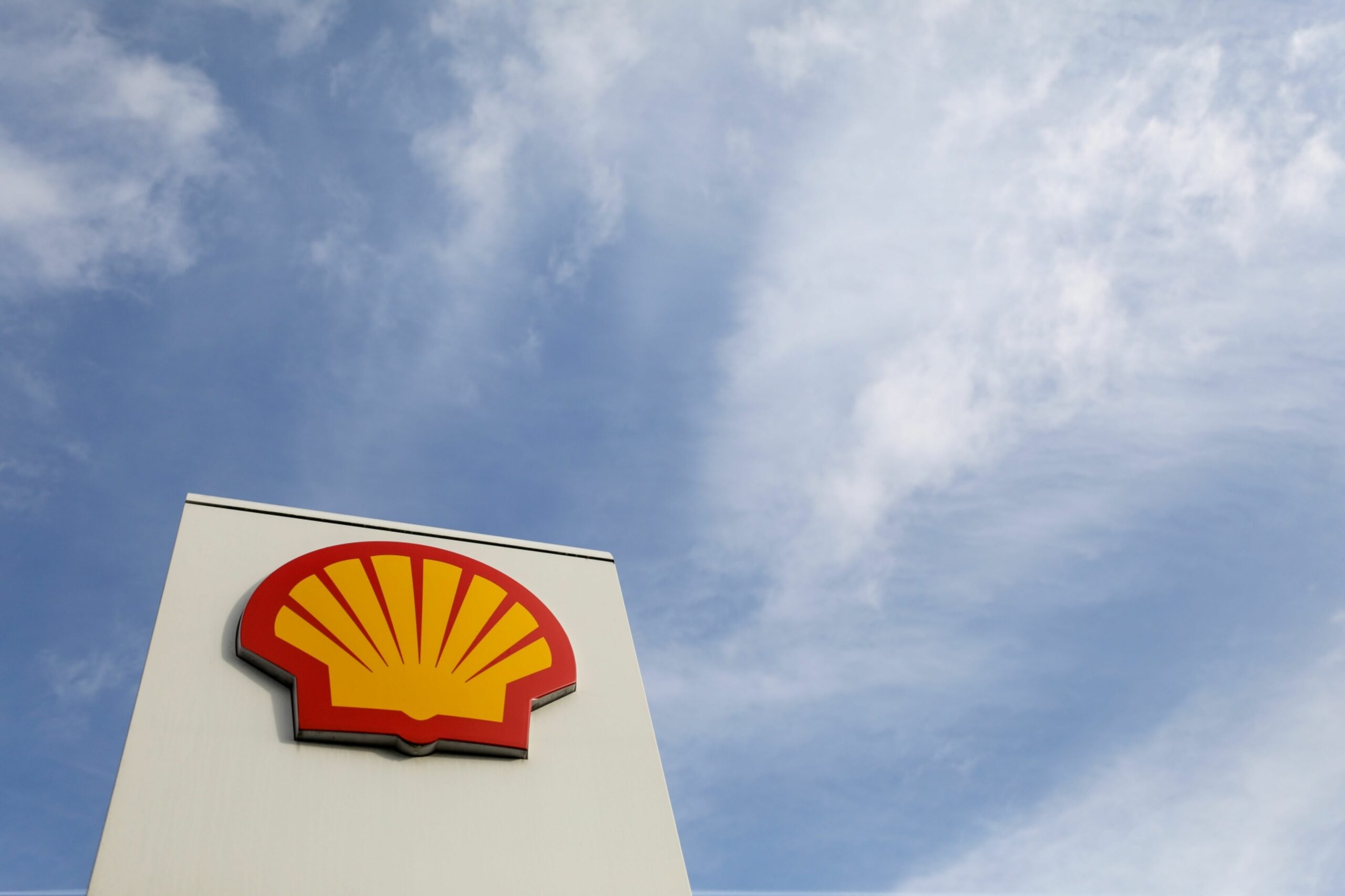
It is a strange time for the oil and gas sector. On the one hand, after years of price weakness, the money is rolling in again as the war in Ukraine and post-Covid disruptions keep prices high.
Governments are scrabbling to secure supplies to replace shipments from Russia. And a backlash against ESG – led by Elon Musk’s outrage at being excluded from the S&P 500’s ESG index and the controversy over comments from Stuart Kirk, HSBC Asset Management’s head of responsible investing – would seem to shift sentiment back towards the industry.
It doesn’t necessarily feel like the good times are here again, though. For a start, governments are sending the sector decidedly mixed signals. They are keen to secure oil and gas supplies – and even coal – in the short term, but in the medium term, they still have ambitious plans to wean themselves off fossil fuels.
Policy contortions
The UK government’s recently announced windfall tax is a prime example of the knots nations are tying themselves into. Having forced its MPs to vote against such a move, the government bowed to the politically inevitable. With energy bills set to rise to up to £2,800 in the autumn, it brought in a £400 cut in energy bills for all households, to be paid for in part by taxing oil and gas companies’ profits at 25%. In fact, the industry has got off lightly as it can mitigate much of the tax by investing in UK projects after the Chancellor doubled investment tax relief – a move that appears to contradict the UK’s net zero ambitions. As Financial Times columnist Helen Thomas wrote: “There may be decent ways to gather taxes on genuine windfall gains, but this isn’t it.”
Further confusion was on offer from the G7 group of rich nations, which on the same day announced plans for members to have “predominantly decarbonised” electricity by 2035 and called on OPEC to lift output in reaction to the disruption caused by the war in Ukraine. It’s an energy industry version of St Francis of Assisi’s prayer: “Lord, make me chaste (or green), but not yet”.
There is a similar muddle in the world of ESG investing, where Tesla founder Musk reacted with outrage to the news that the electric car maker was excluded from the ESG index while ExxonMobil was included. It is a timely reminder that ESG is about more than climate change, and also that making an environmentally friendly product is not in itself a guarantee of a responsible company.
Investors unwinding the ESG hype
But it also highlights that ESG is stuck in something of a hype cycle, as popularised by the consultancy Gartner. After passing under the radar for years except in the offices of a particular niche of investors, it has now become commoditised and reached the “peak of inflated expectations”. Investors keen to jump on the bandwagon but not prepared to do the analysis required to use ESG information properly are buying products branded as ESG, which inevitably oversimplify the issues. As investment bank Jefferies says: “ESG is not an asset class. ESG issues must be integrated into the analysis and decision-making for all asset classes, not given its own separate weighting within a portfolio.”

But too many companies and investors are ticking boxes rather than making or encouraging meaningful changes. One example of this is ‘Say on Climate’ votes. Dan Gocher, Director of Climate & Environment at the Australasian Centre for Corporate Responsibility (ACCR) said: “Investors are rubber-stamping ‘tick-a-box’ climate plans and rewarding companies for transparency and their ‘direction of travel’ as opposed to how their plans will align with the Paris Agreement.”
But as – in the terms of the hype cycle – ESG heads for the “trough of disillusionment”, all of this is part of the constant recalibration of the concept and its uses that will lead in time to “the slope of enlightenment” and then the “plateau of productivity”. Once ESG reaches this stage, it will provide more targeted and effective engagement that is likely to increase pressure on oil and gas companies to accelerate their transition.
A clearer view for ESG investors
The controversies over ESG are part of an environment of increased transparency that allows investors, governments and consumers to get a clearer picture of what is going on in sectors and companies – and to decide whether they like it or not.
With Science Based Targets bringing clarity to how we can keep temperature rises within 1.5C, there are new datasets that show investors and companies what they need to do to reach Net Zero – for example, the One Earth Climate Model OECM provides granular GHG emissions data on the 12 biggest emitting industry sectors in the world (aluminium, chemical, cement, steel, textiles and leather, power and gas utilities, agriculture, forestry, aviation industry, shipping industry, road transport and real estate and building).
It all adds up to fewer and fewer places to hide. For example, researchers at the Carbon Tracker Initiative report that 13 of the 15 biggest listed oil and gas companies have revised their climate targets since May 2021 but no company has a target that is aligned with the Paris Agreement. Pressure is growing on companies to set Scope 3 emissions, to set interim targets that require absolute cuts in emissions and to retain assets and wind them down themselves rather than sell them, just to get that carbon off their books.
Legal risks
Meanwhile, the risk of litigation over climate change and other issues (such as the investigation by California’s Attorney General into the role of fossil fuel and petrochemicals companies in causing the global plastics pollution crisis) grows daily.
Following the news that ClientEarth plans to target individual Shell directors, David Hunt, a partner at law firm Boies Schiller Flexner predicts that this claim could open the floodgates. “Companies – and their directors – that fail to have robust and effective plans for reducing their carbon emissions will be exposed to shareholder derivative and securities actions,” he says. “In the long term, these increased risks will become an issue for investors too.”
And Allianz, which has said it will stop insuring oil and gas projects by 2023, has become the 10th major insurer to announce oil and gas restrictions. As more insurers follow suit, such projects will become ever more expensive to insure.
And, in the wake of a weeks-long deadly heatwave in south Asia – and their own devastating wildfires in recent years – Australia has voted out PM Scott Morrison, with his attitude to climate change being a big reason, which suggests some big changes in policy will be coming soon in the world’s biggest coal exporter.
We may already have seen the first casualty of this change in administration, with AGL Energy abandoning plans to split off its coal business, a move that was opposed by many shareholders because it would do nothing to tackle climate change.
This also illustrates another trend – companies are increasingly going to be held responsible for dealing with their own high-carbon assets. Selling them to get them off your own books, without a plan to decarbonise them or if that is not possible to shut them, will become increasingly untenable.
Government policies may be inconsistent and seek to track the status quo as much as possible, but all the other drivers are pointing only in one direction. Oil and gas companies should enjoy the high prices while they last, but they should be putting this windfall to good use in hastening their low-carbon transition. They don’t alter the reality that change is coming and the industry should be looking at how best to manage that change.
Recommended for you

 © Bloomberg
© Bloomberg